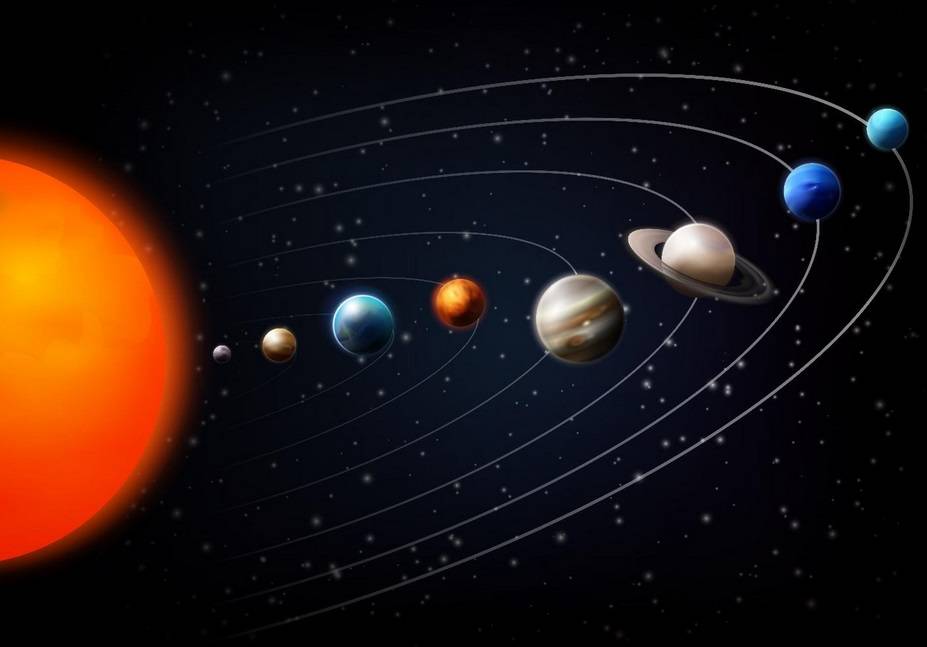 Mathematics has long served as the universal language through which we decode the mysteries of our cosmos. From the elegant equations of Einstein’s relativity to the intricate calculations of quantum mechanics, mathematics provides the foundation for our understanding of the universe’s structure and behaviour.
Mathematics has long served as the universal language through which we decode the mysteries of our cosmos. From the elegant equations of Einstein’s relativity to the intricate calculations of quantum mechanics, mathematics provides the foundation for our understanding of the universe’s structure and behaviour.
As you earn your Ontario high school diploma and explore advanced mathematics, you’re actually learning some of the same fundamental concepts that cosmologists use to model the universe. The principles of geometry, calculus, and algebra that form the backbone of high school mathematics curriculum are, in fact, the building blocks scientists use to understand the cosmos. These mathematical tools, when expanded and applied at the cosmic scale, help us grasp the shape and nature of our universe.
Geometric Concepts in Cosmology
One of the most fascinating applications of geometry in cosmology is the study of space-time curvature. We learn in geometry class that the shortest distance between two points is a straight line. Einstein showed us that in the cosmos, this isn’t always true. Massive objects like stars and black holes actually bend the fabric of space-time, creating curves in what we once thought was flat space. This curvature can be described using mathematical models that build upon the basic geometric principles we learn in school.
The universe’s shape itself presents an intriguing geometric puzzle. Cosmologists use advanced mathematics to explore three possible geometries for our universe: flat, spherical, or hyperbolic. Each of these possibilities can be understood through analogies with familiar geometric shapes. A flat universe follows the rules of Euclidean geometry that we learn in high school. A spherical universe would curve back on itself, like the surface of a globe, while a hyperbolic universe would curve away from itself, like a saddle shape.
The Mathematical Nature of Space-time
Time itself becomes a mathematical dimension in cosmological models. The four-dimensional space-time that Einstein described requires sophisticated mathematics to understand and visualize. Yet these mathematical models help us comprehend how time can slow down near massive objects and how the past, present, and future might be more intricately connected than we once thought.
Mathematical Models of Infinity and Expansion
The mathematics of infinity also plays a crucial role in cosmological models. When we study sequences and series in algebra, we’re learning concepts that cosmologists use to understand the universe’s expansion. The mathematical models describing this expansion help us predict the universe’s fate: whether it will continue expanding forever or eventually collapse back on itself in what’s called the “Big Crunch.”
Fractals and Symmetry in Cosmic Structures
Fractals, another fascinating mathematical concept, appear throughout the cosmos. From the distribution of galaxies across space to the structure of cosmic microwave background radiation, fractal patterns emerge at various scales. These self-similar patterns can be described using mathematical equations that reveal the underlying order in what appears to be cosmic chaos.
The study of symmetry, a fundamental concept in both geometry and algebra, proves invaluable in understanding particle physics and the early universe. The mathematical principles of symmetry help scientists predict the behaviour of subatomic particles and understand how the fundamental forces of nature behaved in the moments after the Big Bang.
How Mathematics Predicts Cosmic Phenomena
Perhaps most remarkably, the mathematics we use to study the universe often reveals new cosmic phenomena before we can observe them. Einstein’s equations predicted the existence of black holes long before we had any observational evidence for them. Similarly, mathematical models predicted the existence of gravitational waves decades before we developed the technology to detect them.
As we continue to explore the cosmos, mathematics remains our most reliable tool for understanding its nature. From the smallest quantum fluctuations to the largest galactic superclusters, mathematical models help us comprehend the incomprehensible and describe the indescribable. The universe, it seems, speaks in the language of mathematics, and by studying these mathematical models, we learn to understand its most profound secrets.









